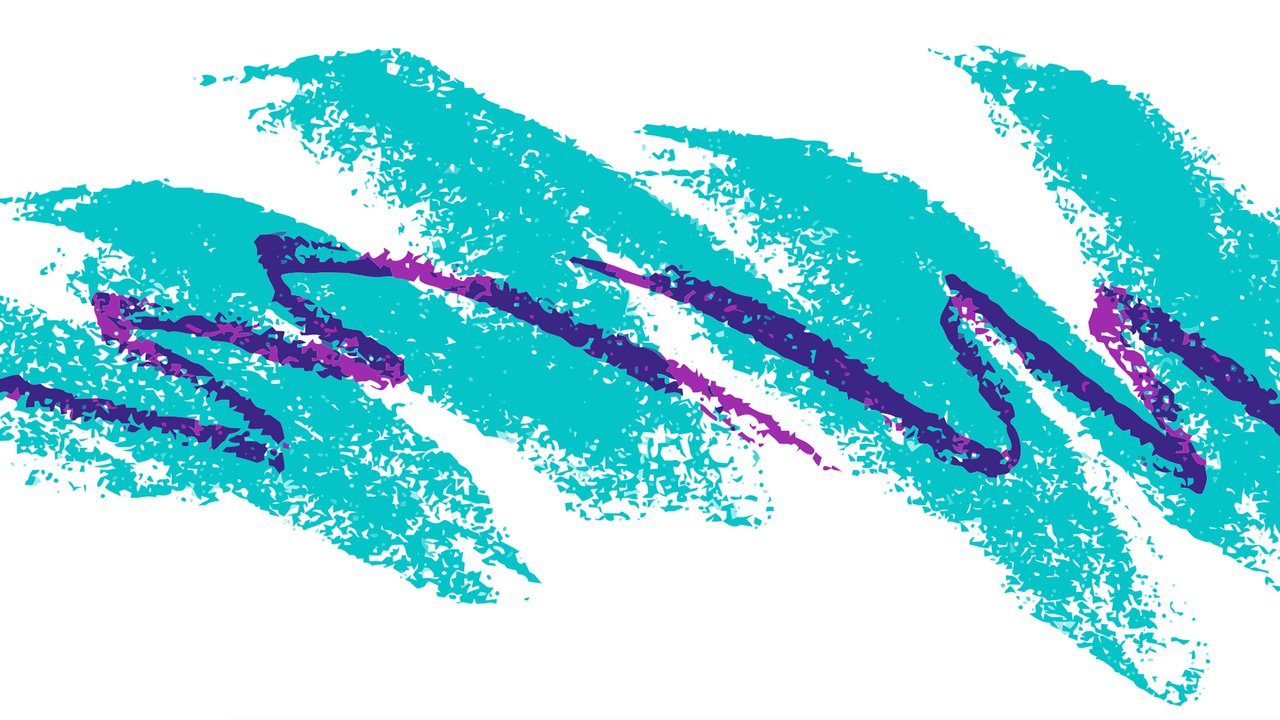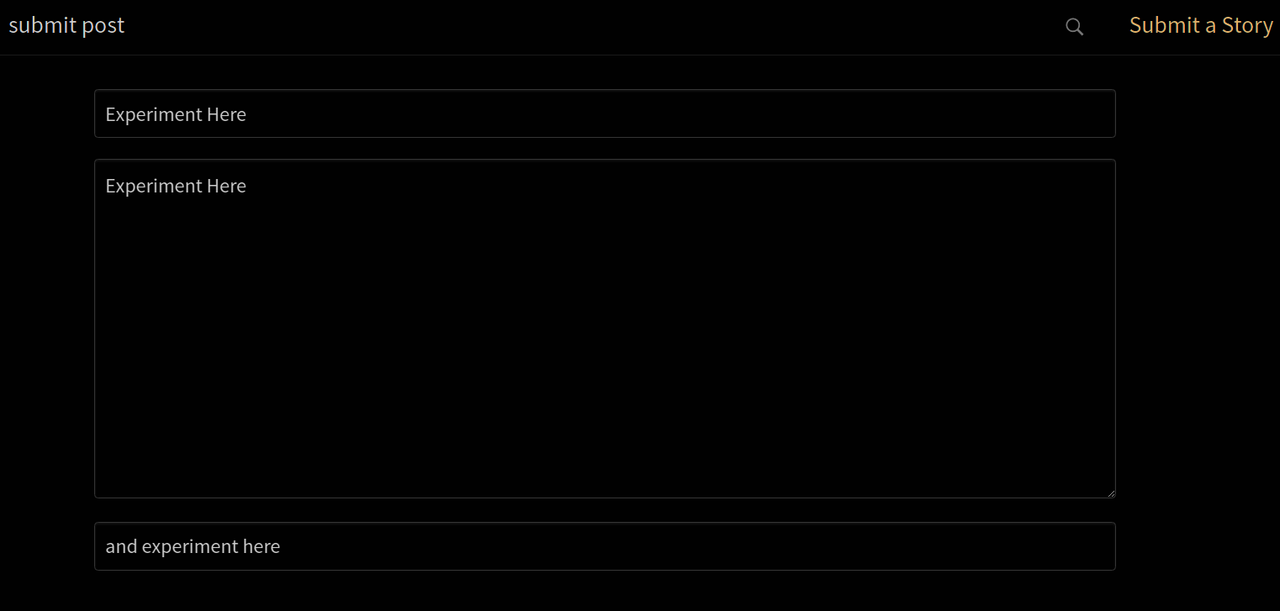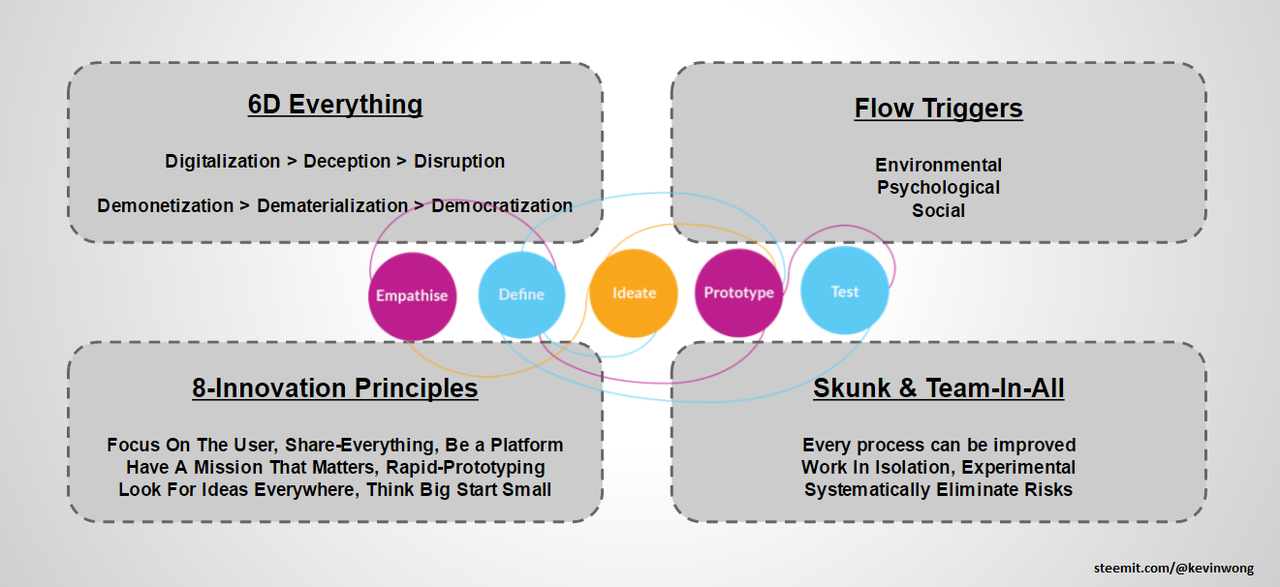
There are many secrets left to be discovered on Steemit. Unlock its hidden potentials, and you will be rewarded. Experimentation is key, I believe. Especially in a world of increasing separation between fact and fiction.
Steemit is a great piece of technology, and it's up to us to unearth its value streams. Value streams could be entirely internal, shuffled between Steemians (generally what's happening now). Value streams could also be inflows from the external world - making Steemit tokens much more liquid and valuable because it's good at certain kinds of activities.
I think that's what is happening right now. Lessons to be learned everywhere. Fail fast and fail forward, they say. Put effort into formulating your experiments. No matter what, seek to give and impart something for the reader. Do not be held back when there are no returns. Your sales pitch simply failed. Or you just got unlucky.
But here's what I believe: every hardwork that ends up in failure simply means that it has latent value. Unreleased, unexposed, waiting to spillover. You are building a following - doesn't matter if its made of whales or smaller fishes. Little by little becomes mountainous as time goes by. Continue to pave forward. The future favours the bold.
The thing I love about Steemit at its current state is its simplicity - white blankness with just a few functionalities. Content creators just simply type away, molding the blank slate into something of their own, without distractions. By this blank whiteness, you may contemplate on the social experiments that you can attempt in the next hour. Who knows, you may be the person who initiates one or many of Steemit's potential killer applications.

A. Experimental Ideas
The easiest experiments can be based on improving the features and functionalities contained in existing platforms. One of the recent experiments I've conducted is here - ASKSTEEMIT: What are the best practices for protecting personal data?
One of the reasons I've tried that out other than attempting to find out the best security practice is highlighted in the post: Perhaps Steemit has better value than Quora when it comes to certain kinds of questions. Maybe questions important to the soul of cryptocurrency supporters. But you need to frame it in such a way that it works for genuine reading rather than purely pasting in someone else's content. And tagging optimally. Maybe it works the other way round - experts to make posts about best practices, and spark discussions within. Maybe the "time limited" nature of Steemit doesn't allow growth for this type of posts. The button says "Submit a Story" anyway.
The goal is to attempt to do something better than X from certain angles, something like:-
- Steemit may work better than Askreddit for super serious questions with no clear definite answers.
- Steemit may work better as a branding / product sentiment tester compared to Kickstarter.
- Steemit may give better answers than Shazam / SoundHound for obscure music.
- Steemit may provide better, perhaps even unknown recipes.
- Steemit's simple tagging may make writing contests easier and open to public voting.
But experimental ideas are just half the battle. Methodology is way more important. So let's get on with it.
B. Grand Methodology
Before getting into the methods of specific elements, let's talk about the grand, overarching methodology. Inspired by design-thinking and other stuff I've cobbled together:-

I will not go into the specifics of this grand methodology, but I hope the image is simple and informative enough to conjure an idea of the methodology. The main takeaway is to always build prototypes fast, test, get feedbacks, and iterate. It's somewhat experimental in nature. The multi-colored section in the image is design-thinking. Here is an elaborate post on it by @coinbitgold.
As for the 4-quadrants in the image above, you may dive into it by checking out Bold by Peter Diamandis.
C. Posting Methodology
This is at the heart of Steemit: Your post's image, title, summary, and actual contents. Luck aside, your posts will work best when all these 4 major elements work in unison. Try to form a hypothesis before posting, and then validate / invalidate yourself depending on the feedback that you're looking for. Let's check out the things you can experiment with for each of these parts:-
[Post image]
Read up on color theory and image composition. There are plenty of simple cheatsheets available on Pinterest especially in the branding / marketing side of things. Personally, my approach is to look for cool pictures in my repository or find it online. Only then I will form an expectation. But sometimes I do play with colors and image composition to try to invoke something right away. Being a minimalist, my simple rule of thumb for colors: "manly" colors for excitement, "girly" colors for the feels, and "manly-girly" colors for sophistication. For image composition: "even-ness" for conflict (us vs them), and "odd-ness" for harmony (no clear grouping). Remember to credit your visuals. People appreciate cool art.
[Post title]
You may try to rely on Big Data tested keywords. There may be a sound methodology to it as long as you diligently record your findings. But I personally think it's an art more than anything else. If everyone's doing the same thing, do something different. Art is difficult to predict and it has power to grab the heart. My rule of thumb: 50% relatable, on topic keywords, 25% uncommon words, and the rest to decide on capital / non-capital letters.
[Post summary]
The very first one or two sentences of your content. Here you can decide to invoke intrigue, greed, or whatever else that you want to try out. Different topics, different prime triggers. I've also noticed that some of the more reputable Steemit writers put their name first, so it appears twice in the summary of their post. It's definitely a good move if you're constantly dishing out quality stuff. So I'm not sure if experimentation works for highly reputable folks, as it may dilute some of their overall quality. But they have a higher chance of making things happen. Pros and cons, I guess.
[Actual content]
Do you want to be concise and precise about what you're delivering? Or do you want an exposition to explain things clearly beforehand? This is an art as well. Too short, and it may seem spammy. Too long, and people might not be bothered. Formatting? Yes formatting is definitely important. Here's a great article on formatting by @cryptogee. My rule of thumb is: put your best effort in attracting the most attentive minds. If they can expend their effort, you know you have the right crowd. Short-cutters don't last long, and wouldn't stay long enough to build together.
Do not underestimate experimentation
You can do it in small steps without jeopardizing your usual contents. Take note on the effects of your small tweaks if you've been consistent in the feel of your contents. Vary the tones, play with different colors, words, and topics. Simplify, generalize, and carry out your experiments before you make de-simplify your hypothesis. You may never know what you will find.
There is an adventurer in you, be like Indiana Jones, except that it's much more ethical seeking out the treasures on Steemit :)
Btw, the jazz cup design picture at the top is symbolic of art experimentation. That stroke of genius, even if abstract, ended up as a worldwide staple in papercup designs, even affecting the designs of our bowling alleys and cinema carpetfloors.
Thanks for spending some of your time reading this
---Follow me @ Steemit---etherpunked@gmail.com---
---Visual credit: Jazz Dixie Cup by Gina Ekiss
